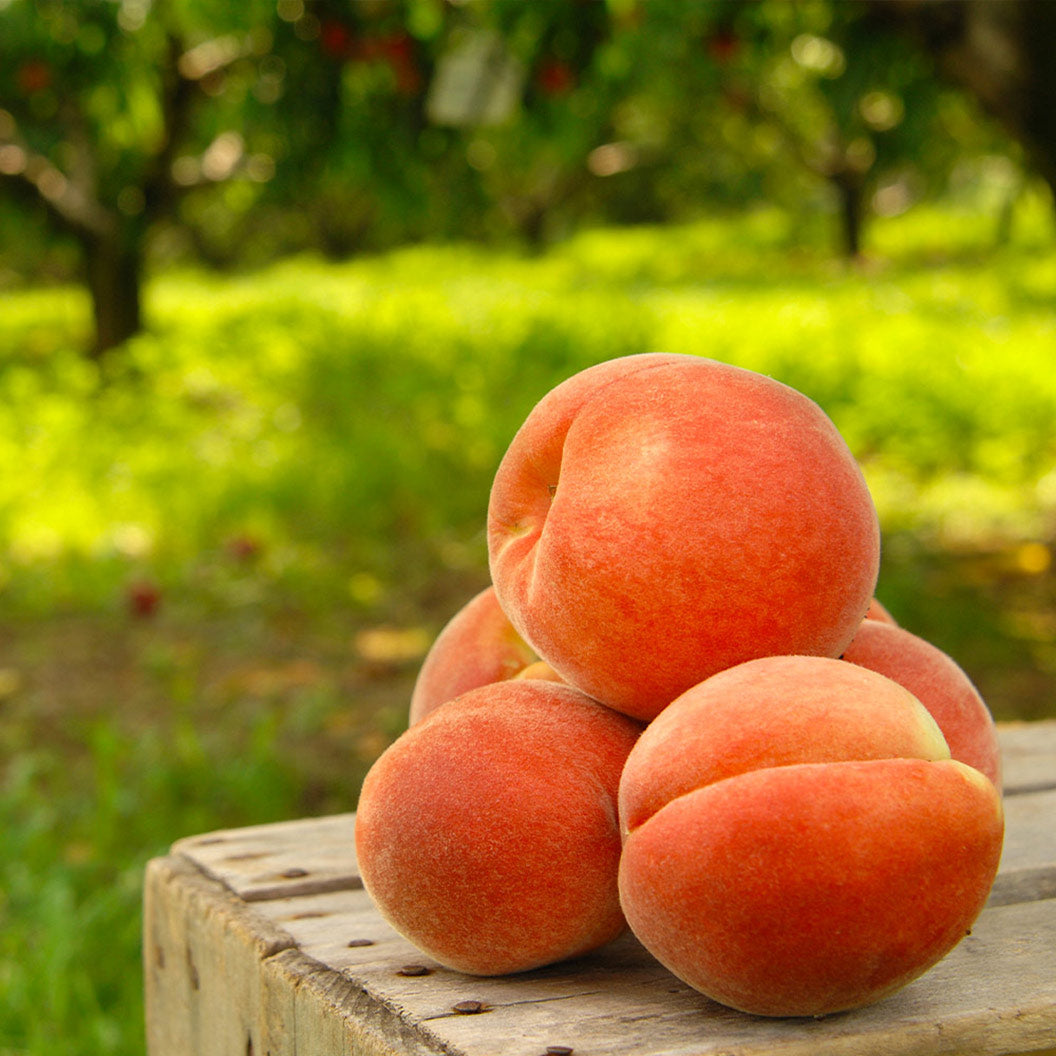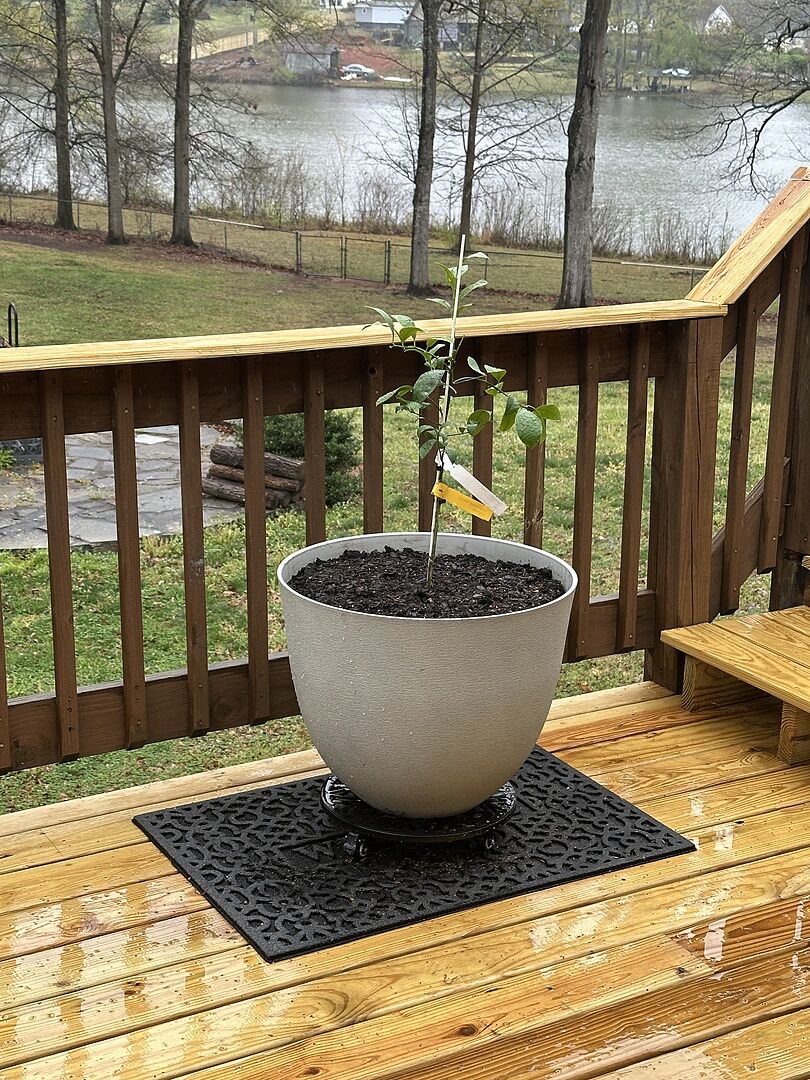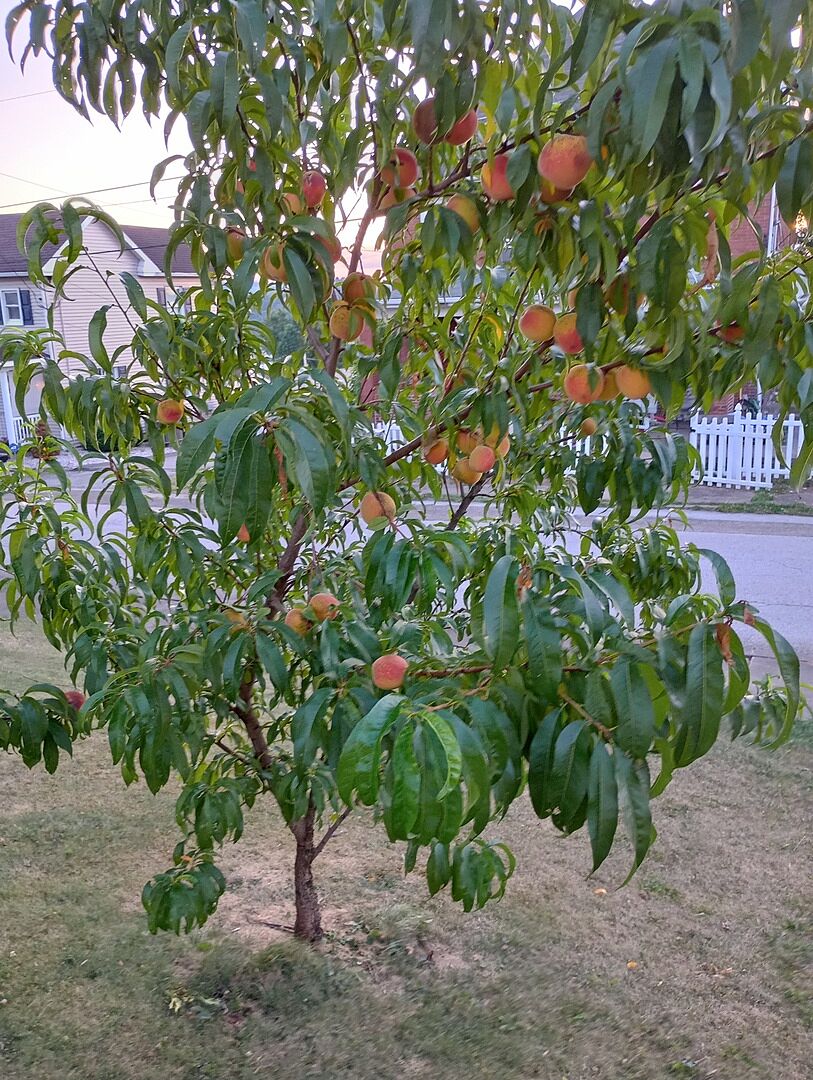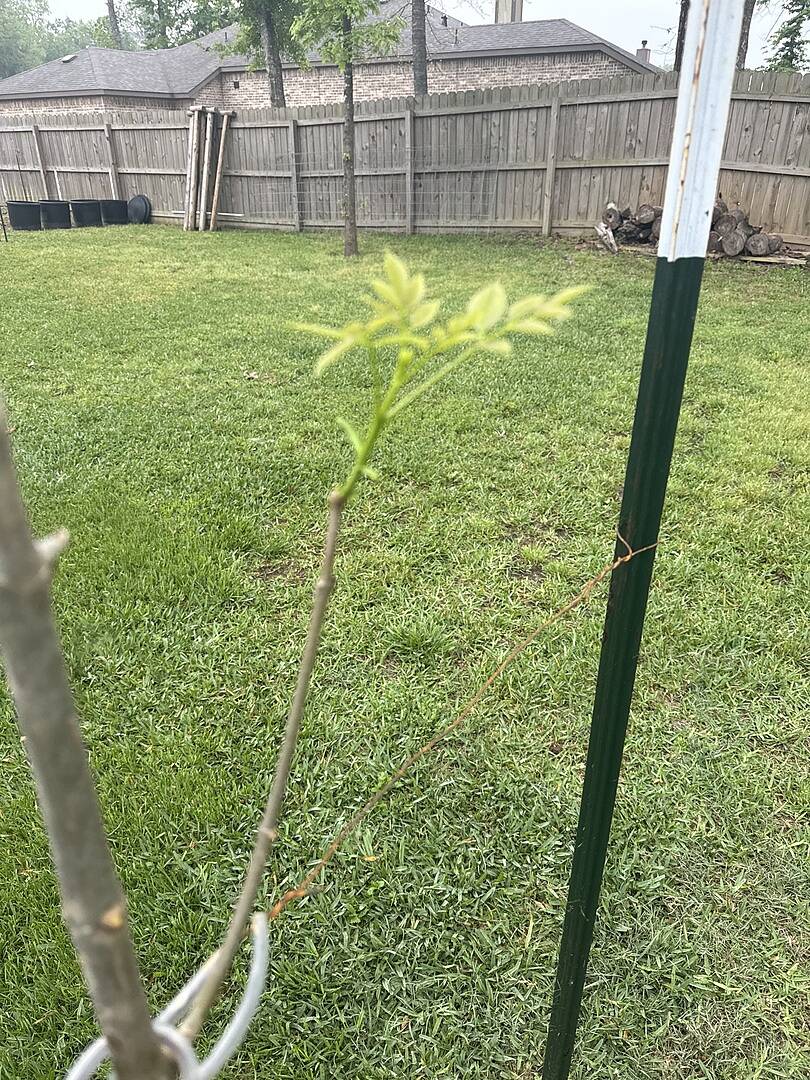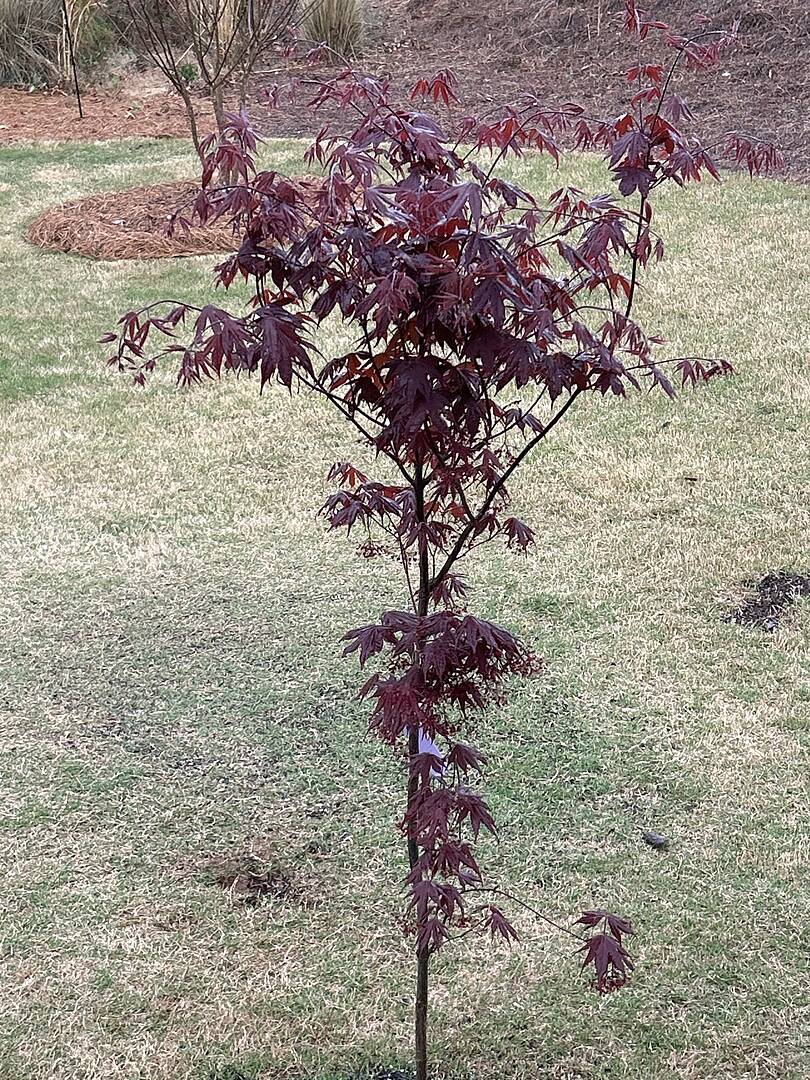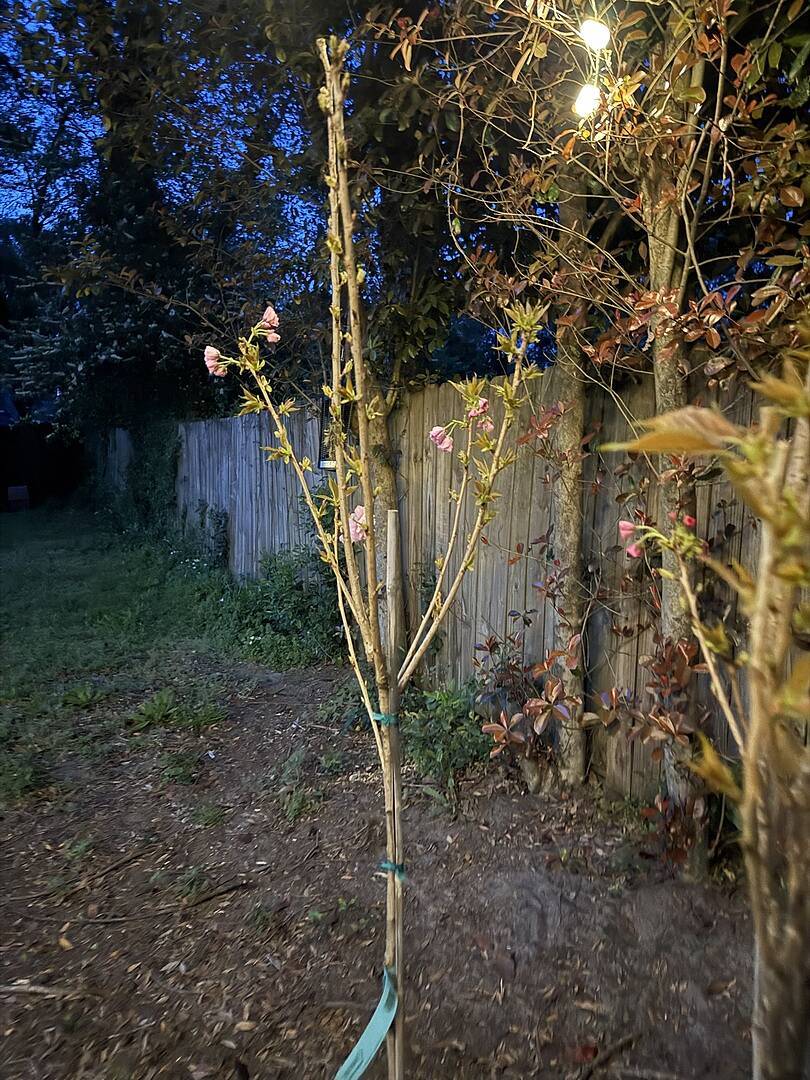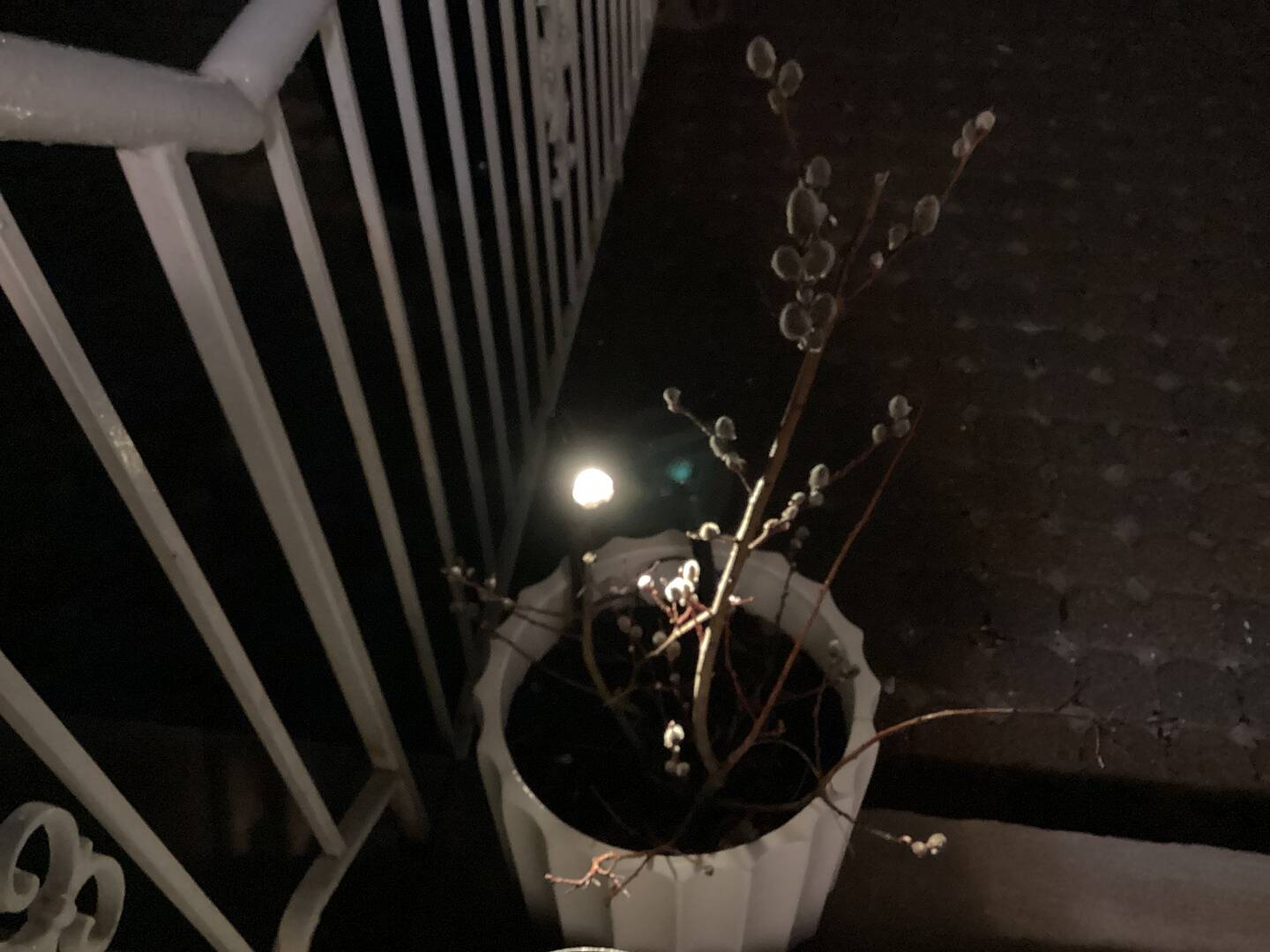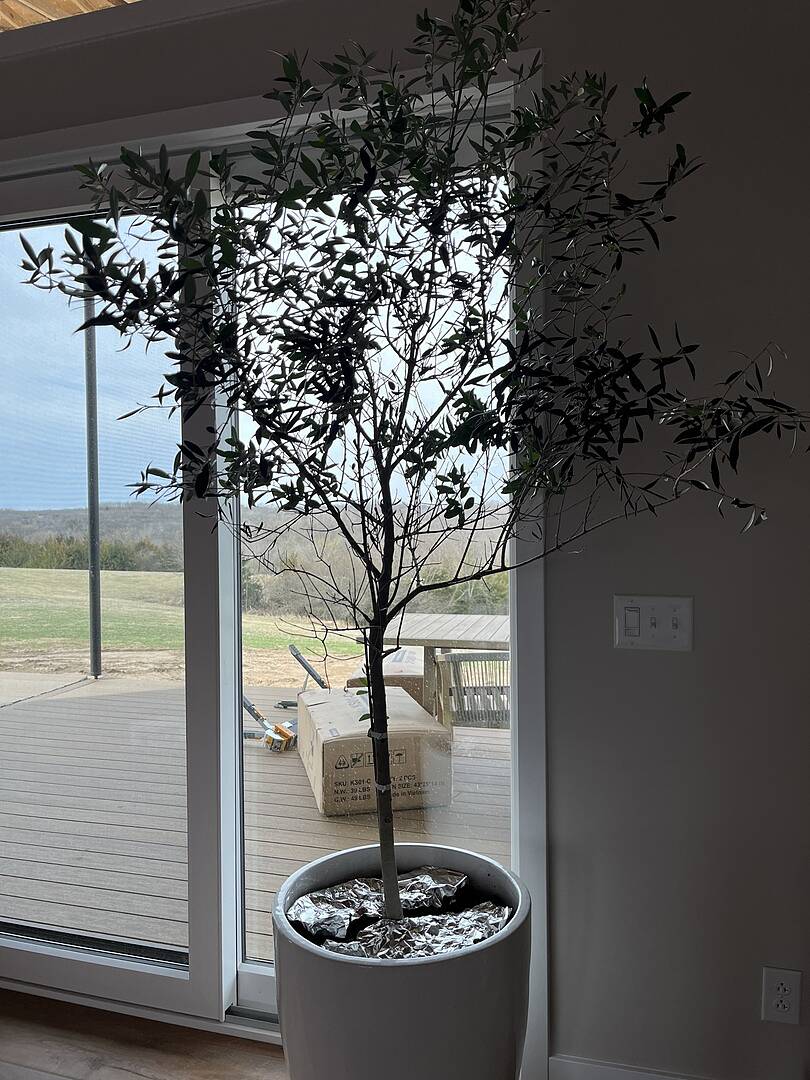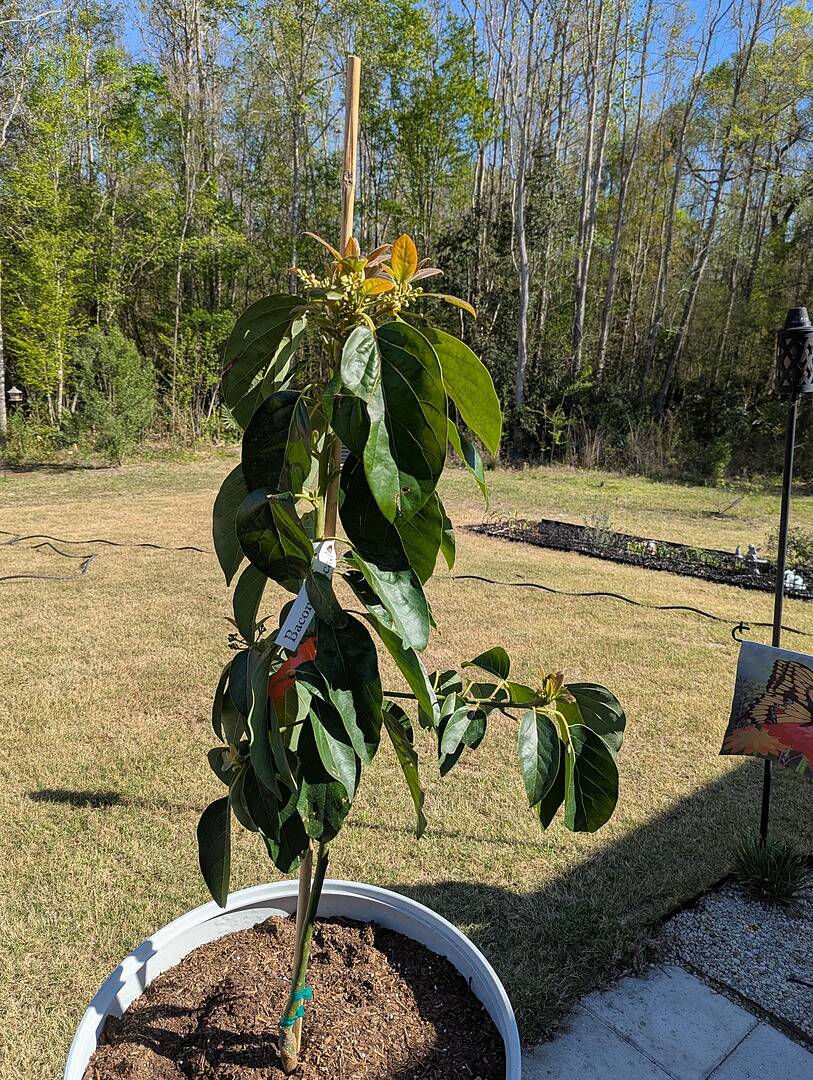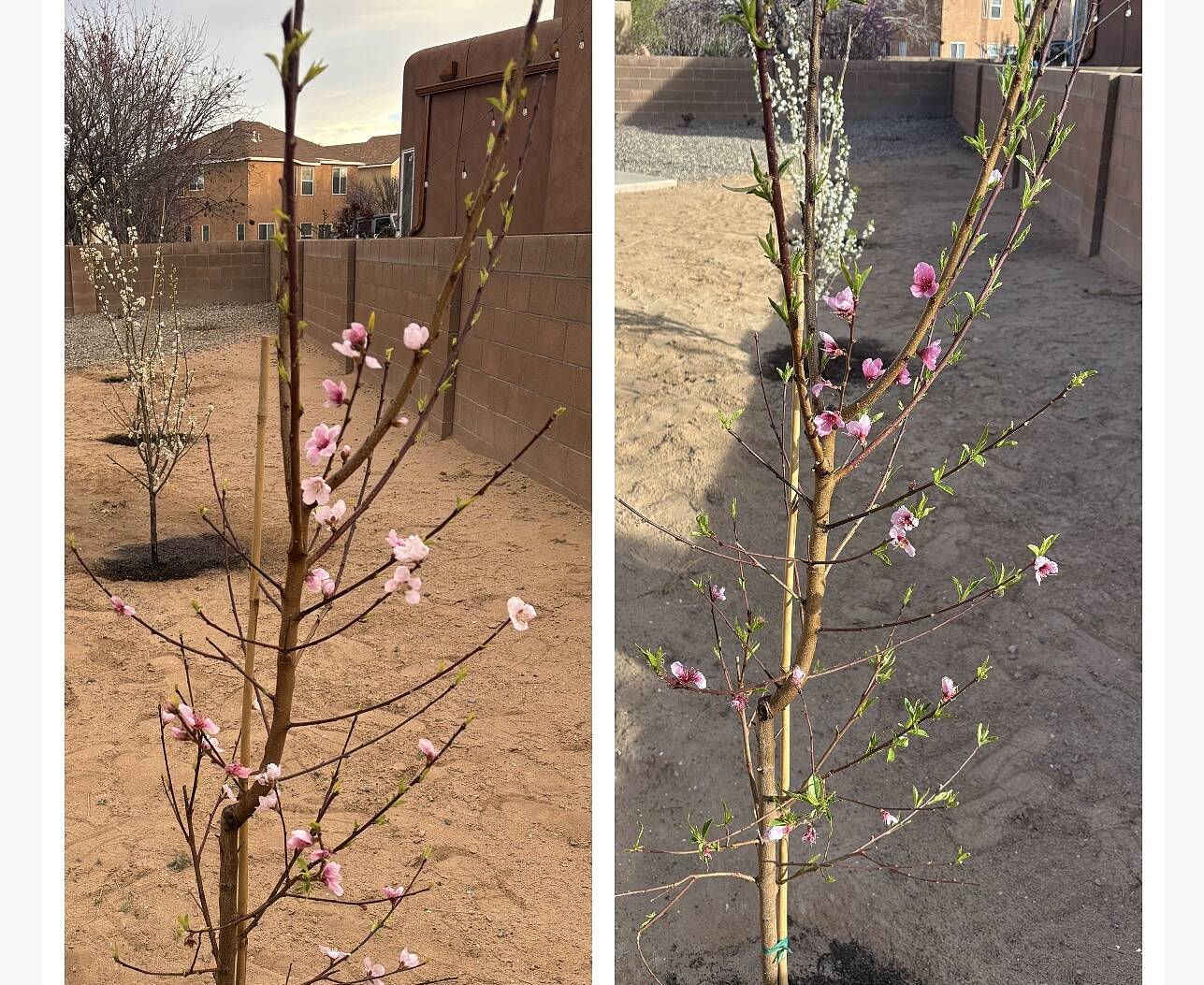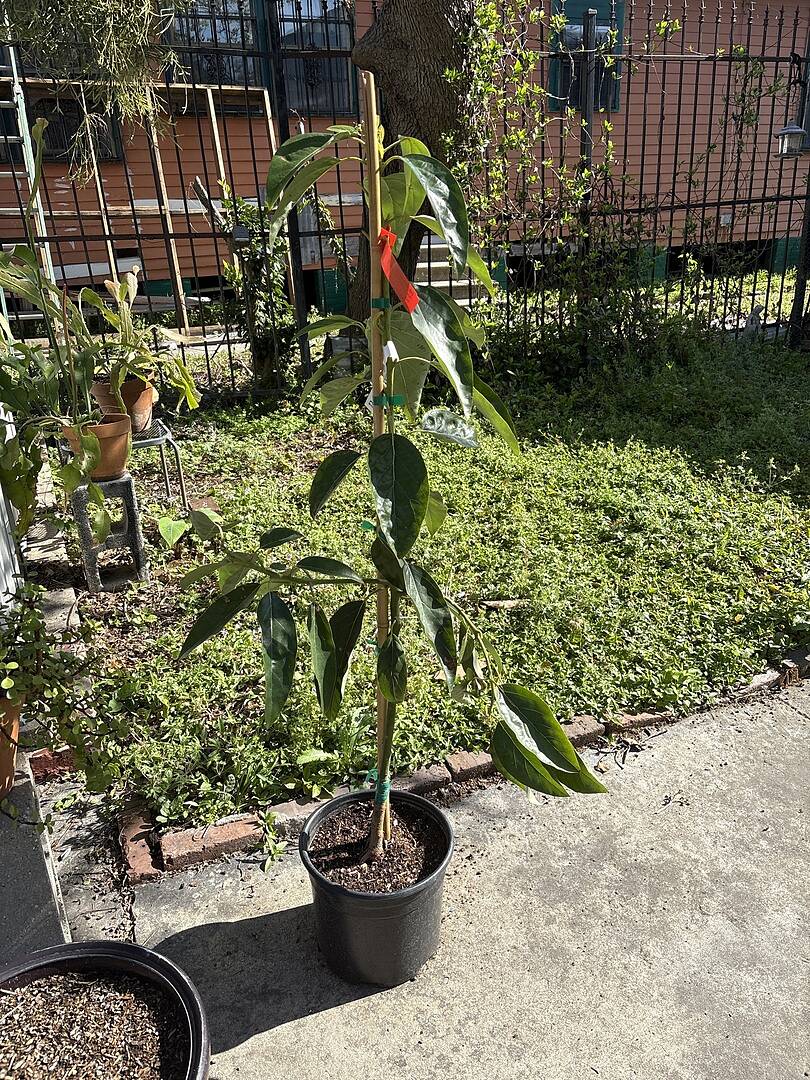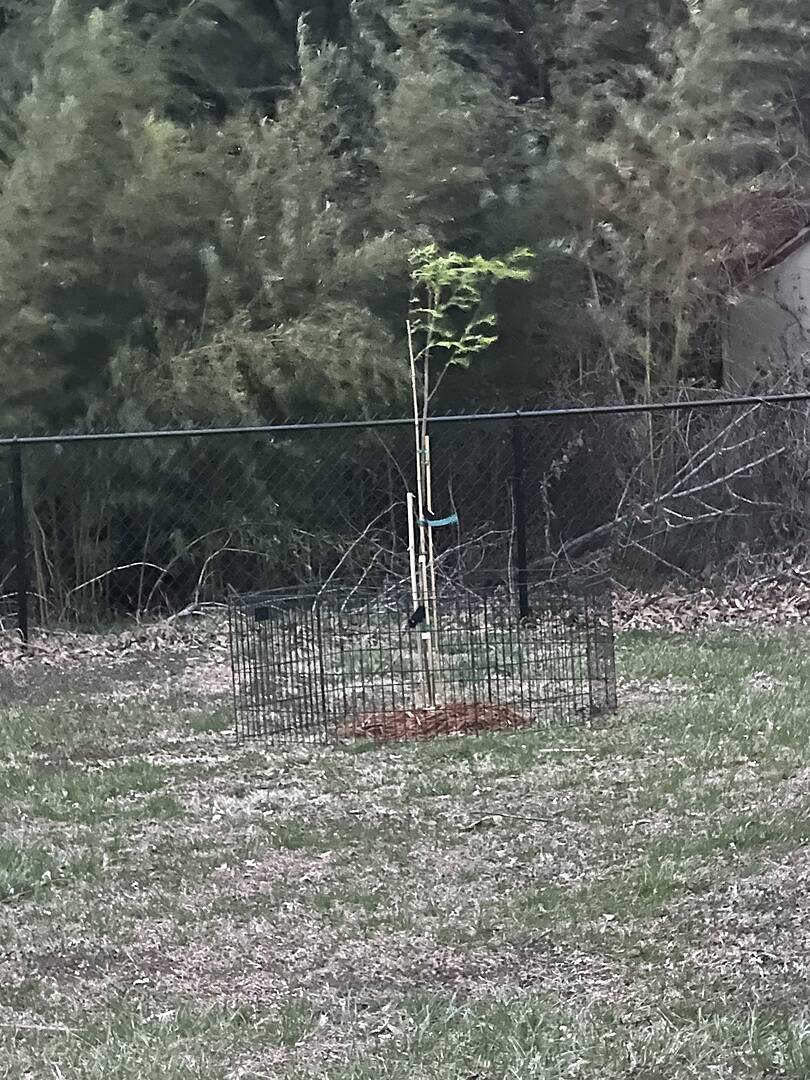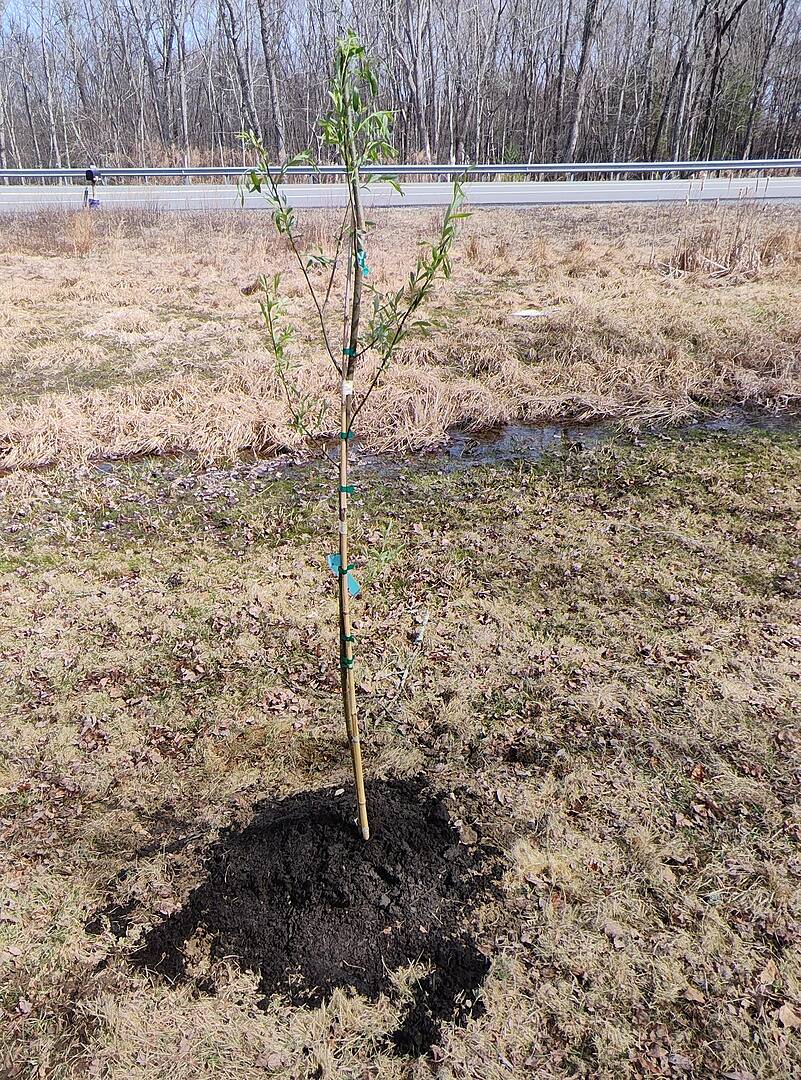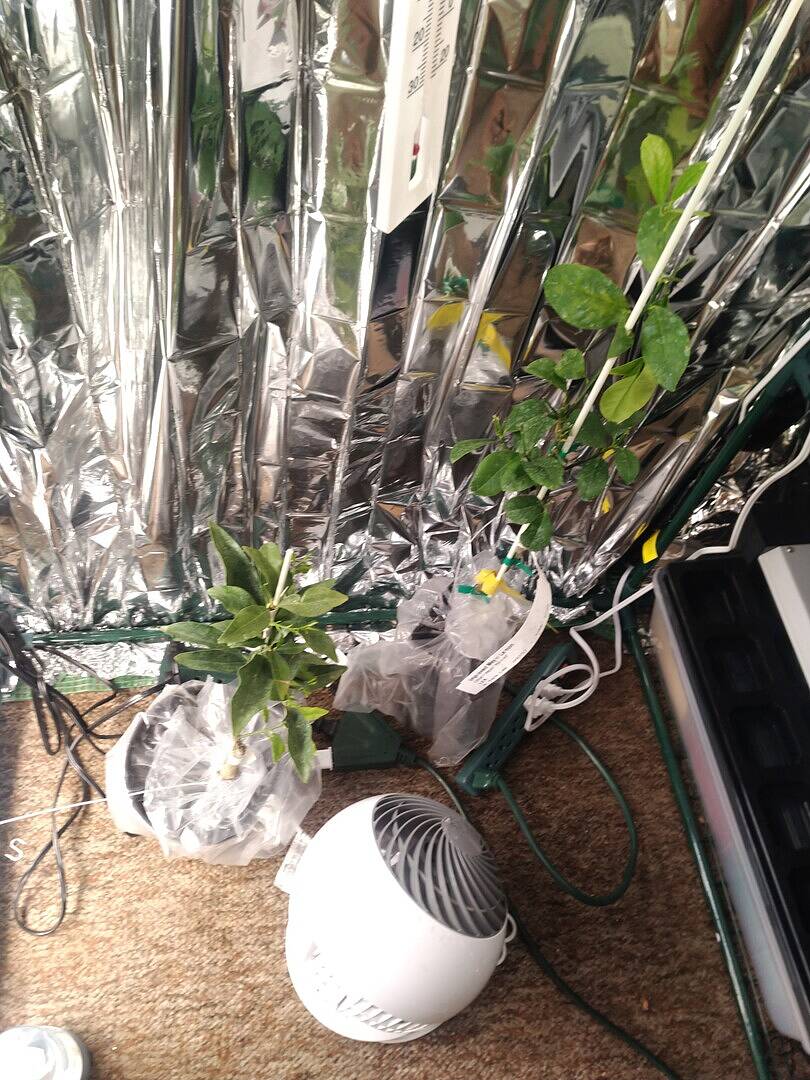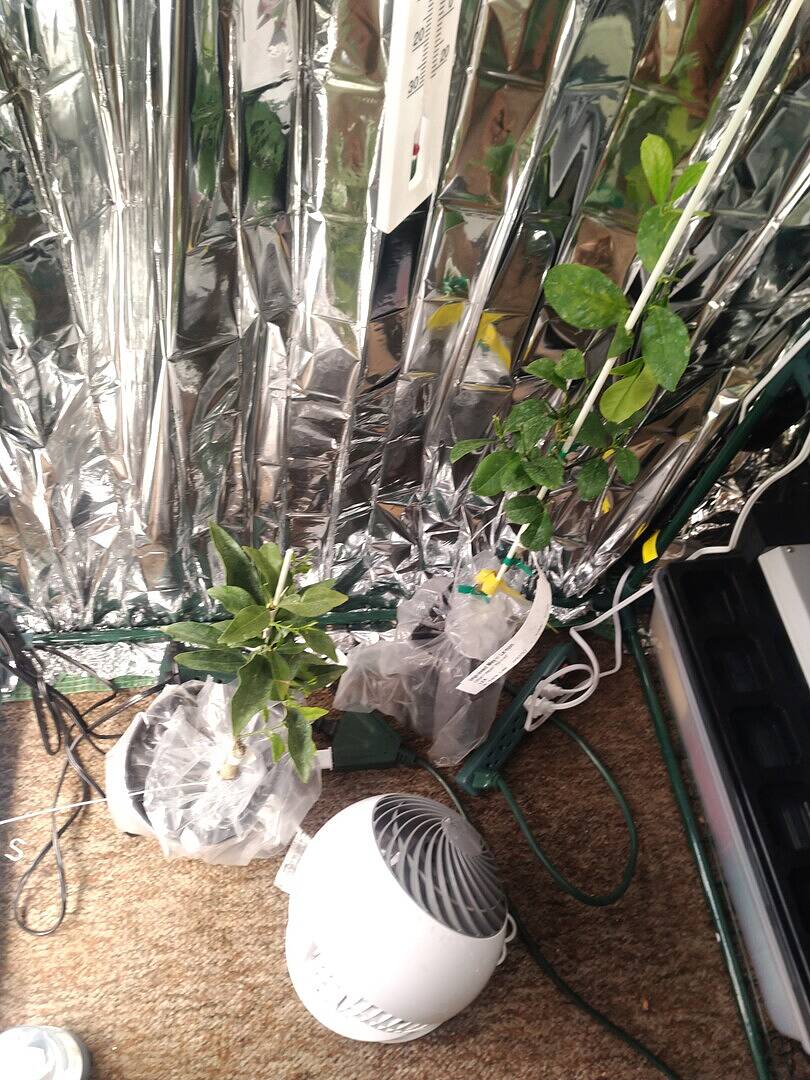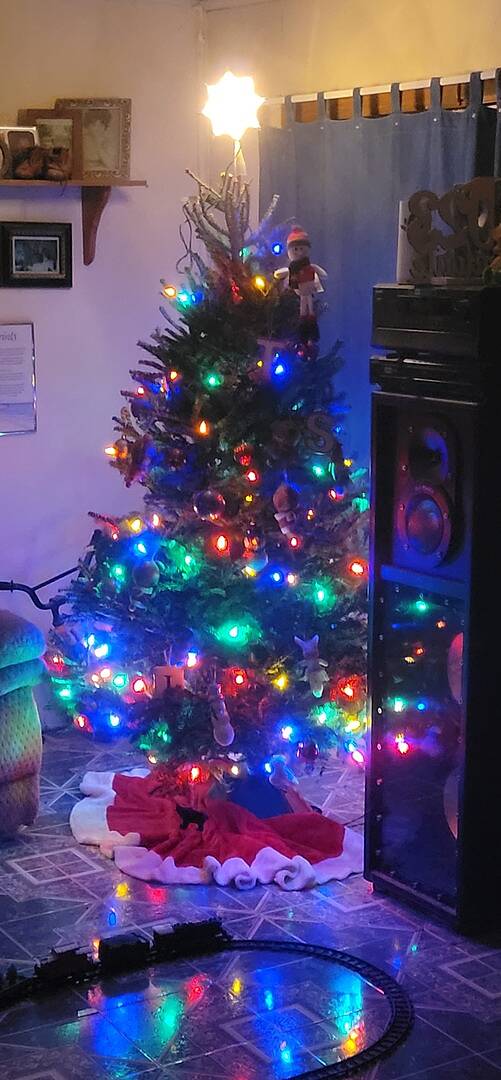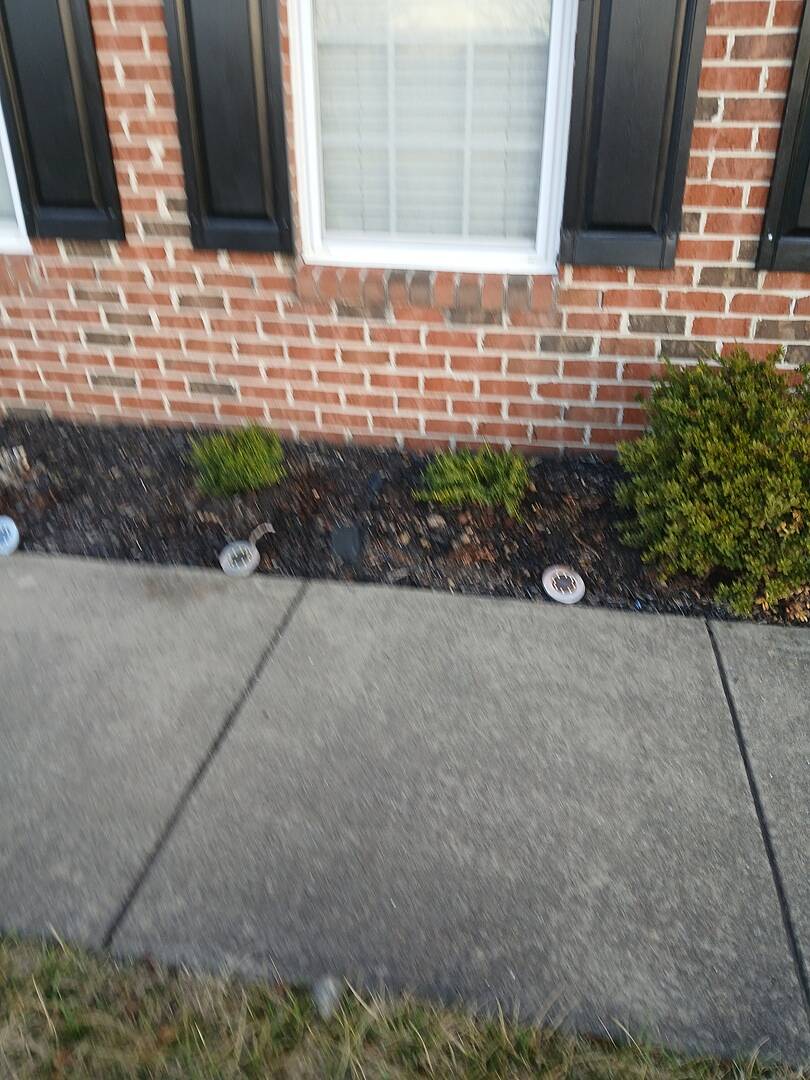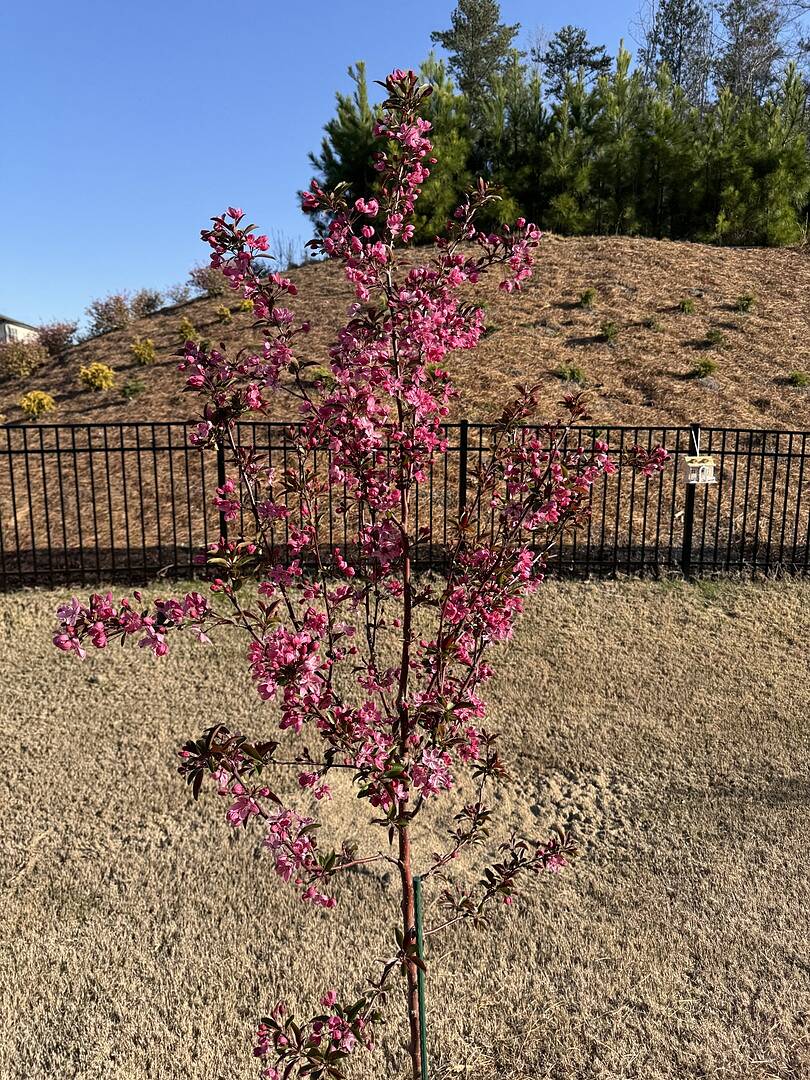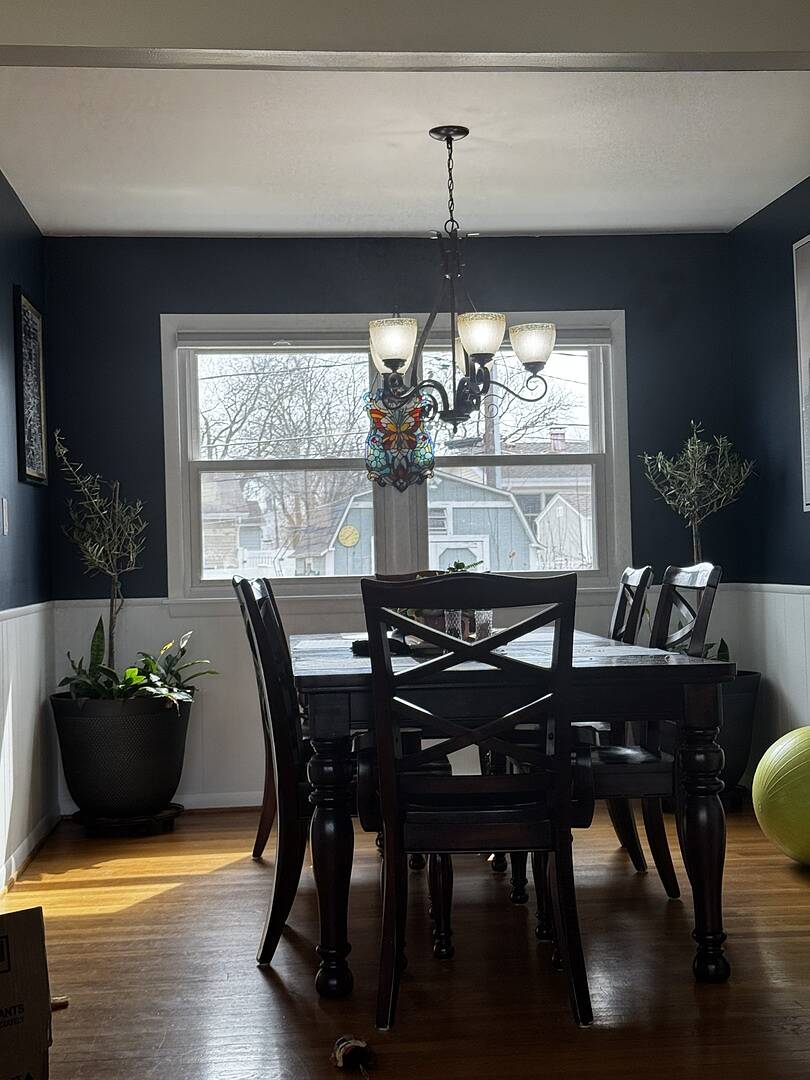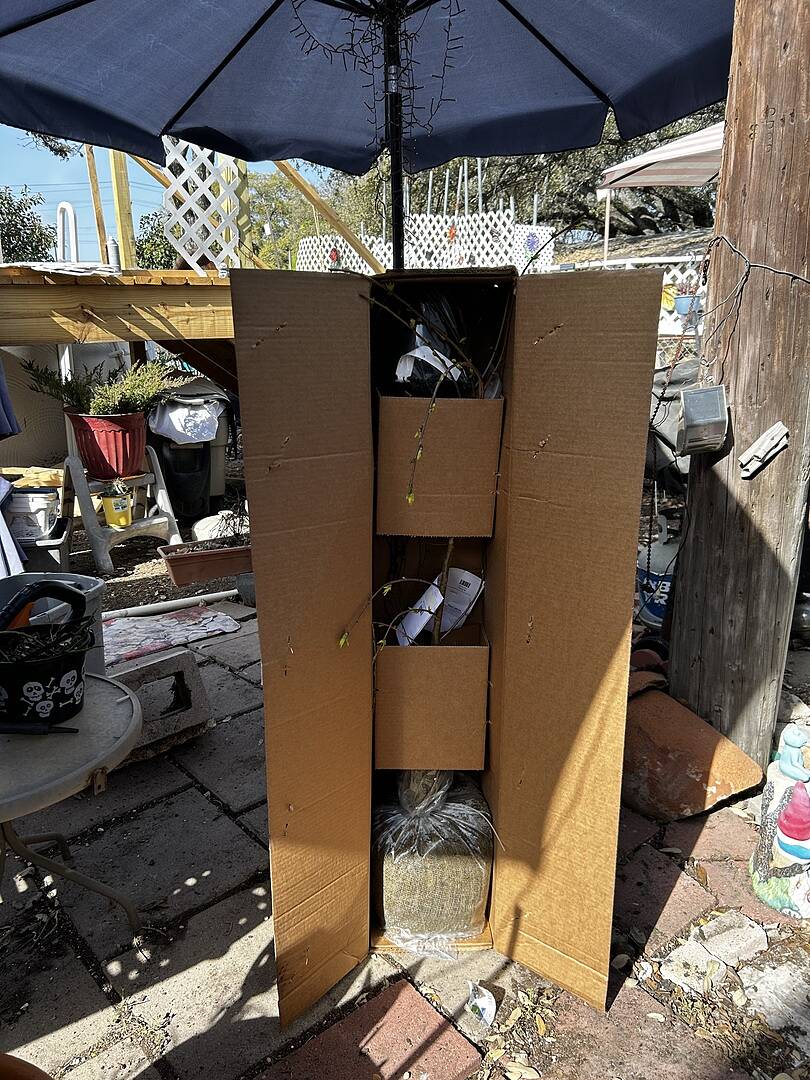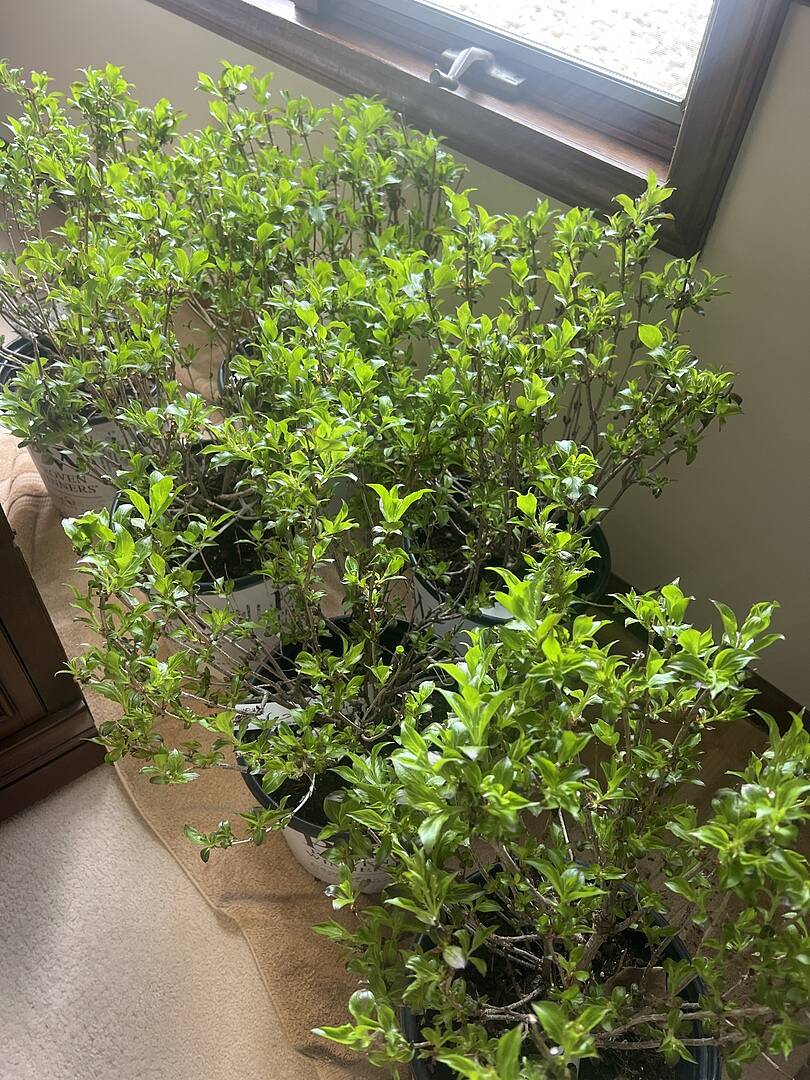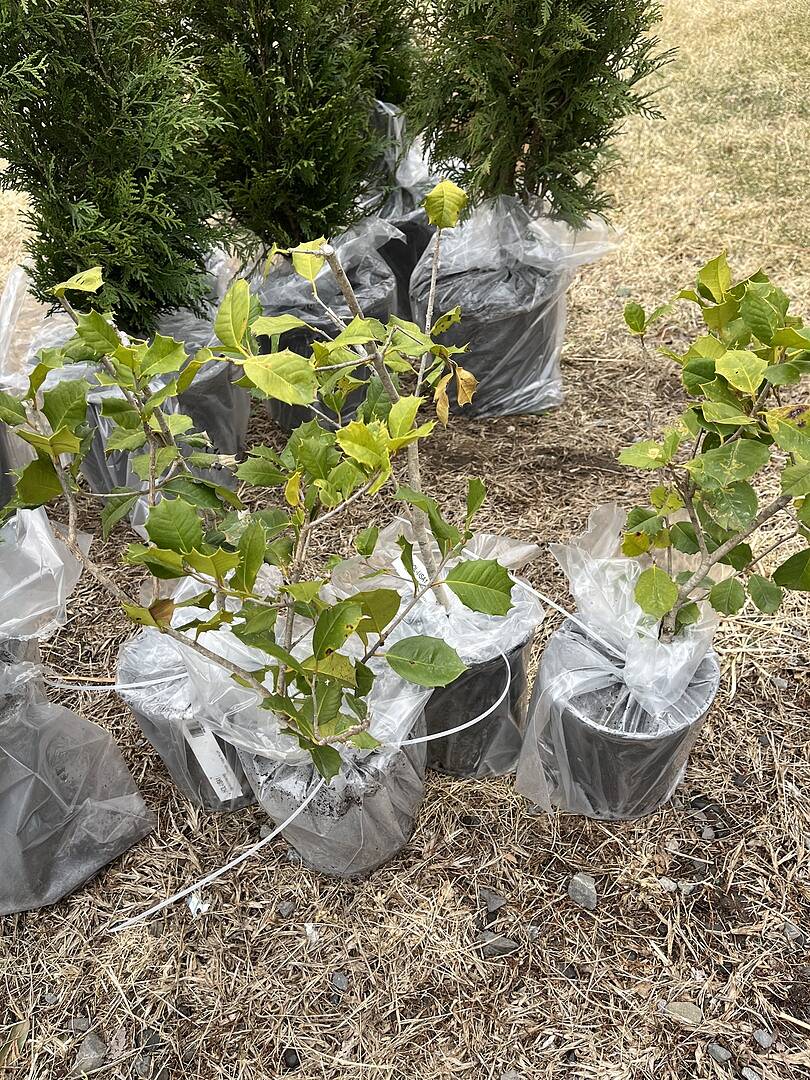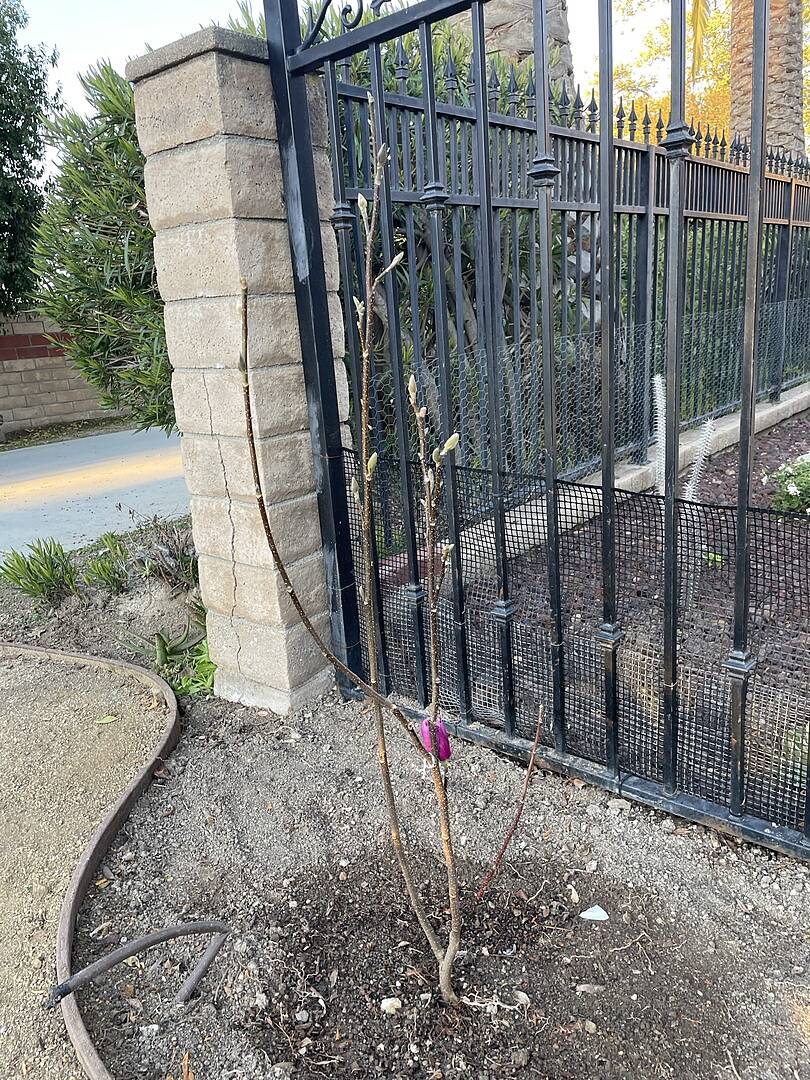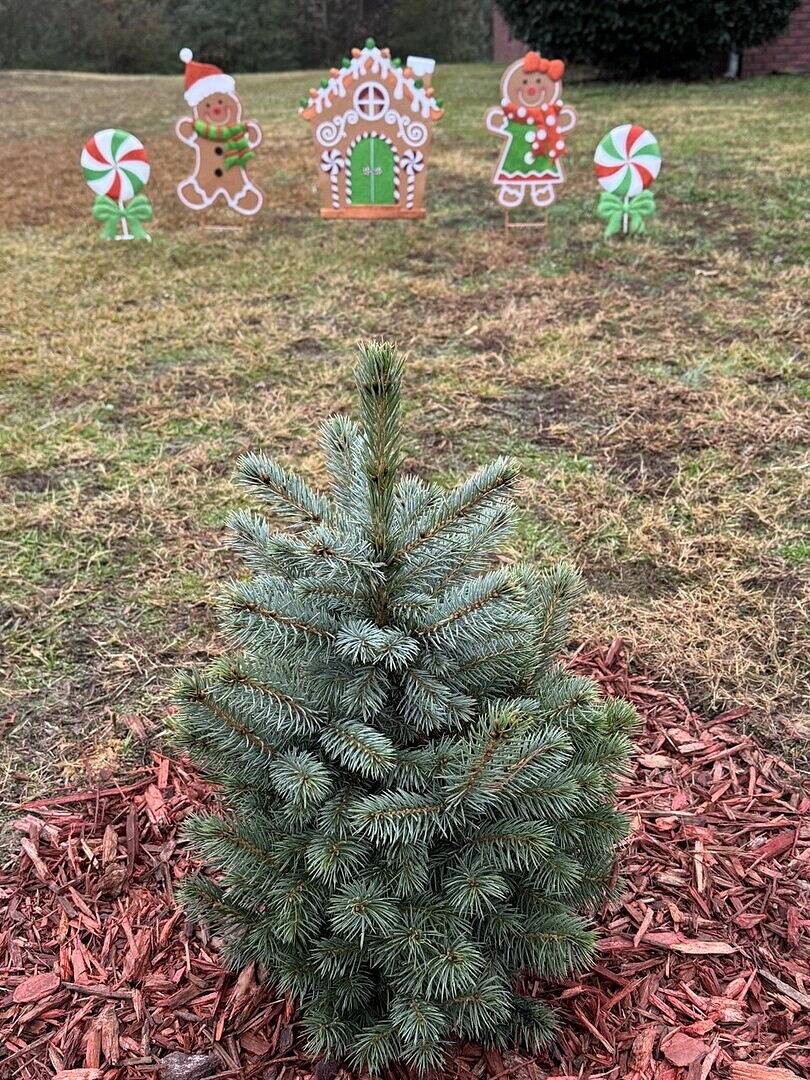The Kaffer ‘Kieffer’ Lime Tree (Citrus hystrix) is a dwarf lime tree reaching a mature height of 5-10 feet and width of 3-6 feet. Recommended for USDA growing zones 8-11 when grown outdoors, its small size makes it perfect for those located in colder climates to grow this tree in a container. The dark green, glossy leaves have a unique double-leaf characteristic where two leaves are joined together. They make for a beautiful backdrop to the white pop of flowers in spring. The limes themselves are also unique as their skin is not smooth like a typical lime but rather have a bumpy appearance. While the limes and leaves on this tree give off a citrusy scent that will freshen your home, the fruit itself is often described as too tart and not juicy enough to eat alone. Instead, the rind is often used when grated finely as well as the leaves which can also be used to flavor Asian dishes.
Selecting a location: Choose a location where your tree is going to get plenty of sunlight, 6-8 hours per day is best. They can tolerate some shade, but thrive in full sun. You’ll want to ensure trees are spaced 8-10 feet apart if planting more than one. These trees also do better in areas with high humidity so you may also need to create humidity for your tree by misting the leaves daily with water. Potted plants do enjoy a daily misting for humidity but placing a tray with rocks filled with water under the plant will feed humidity to the tree as the water evaporates.
Planting Directions (in Ground): If you are located in zones 8-11 and your winter temperatures stay consistently warm, your Kieffer lime will do well being planting outside in the ground. Be sure the area has well draining soil.
1) Dig a hole twice as wide and just as deep as the root system.
2) Place the tree in the hole and back fill it with your sandy, well-drained, acidic soil. If you have clay soil, try amending it with sand, stone, perlite or fine potting soil.
3) Tamp the soil down as you backfill the hole to cut back on any pockets from forming.
4) After planting, be sure to give your lime tree a deep watering for about 5 minutes. Mulching around the tree will help insulate the roots and keep your plant warm in the colder winter months as well.
Planting Instructions (potted): If your winter temperatures are consistently below 40 degrees, plant your tree in a container that can easily be brought outside in the summer months and inside in the winter. A planter with built-in casters is a good choice so it can easily be moved. Choose a pot slightly larger than what it was shipped in that has plenty of holes in the bottom to allow for drainage. Be sure to plant in well-draining potting soil preferably recommended for acid loving citrus plants.
1) Fill your pot halfway with soil. Remove the tree from its original pot and gently place it in the potting soil.
2) Fill in around the tree with the remainder of the potting soil but be sure not to cover the grafted area of the tree. Leave about an inch from the soil surface to the rim of the pot for easy watering.
3) Lightly pack down the soil. Immediately after planting, give your tree a deep watering until it flows from the holes in the bottom of the pot.
4) Place your tree in an area of your home, preferably a south-facing window, where it is going to get plenty of sunlight. Supplement with a grow light if it will not receive at least 6-8 hours of sunlight a day. You may also need to create humidity for your tree by placing the pot on a saucer of pebbles or misting the leaves daily with water.
Watering: Limes do not like wet feet. Be sure to give your tree a deep watering so that it can penetrate into the root system. After watering, allow the top 2-3 inches of the soil to dry out completely before watering again. Yellowing and droopy leaves is a common sign of over watering while brown, dry leaves are a sign of under watering. Mulching can help retain the soil moisture and also combat competing grasses/weeds.
For potted Kieffer Limes, stick your index finger into the soil down to about 2 inches. If there is moisture present, hold off on watering until it feels more dry at that depth. When ready to water, stop once you see it escaping the drainage holes at the base of the pot.
Pollination assistance: You can pollinate your indoor trees by hand since most people do not keep a healthy bee population within their home. Simply take a small, dry, fine tipped paint brush and stick it into the center of the bloom. Swirl it around and collect the pollen on the brush. Go to the next bloom and repeat the process until every bloom has been treated. Do this once daily and don’t wash the paintbrush until after the blooms have been pollinated. The bloom will fall off naturally and the fruit will begin to form.
Fertilization: Feed your lime tree during the warmer spring and summer seasons with a citrus specific fertilizer once every six weeks. Espoma Citrus Tone is highly recommended but any organic fertilizer specifically for citrus should suffice. This will help keep your tree on a healthy growth cycle but also replenish the nutrients in the soil. During the fall and winter season, ease back to fertilizing once every 2-3 months. Once the tree has matured a bit and has got a few years on it, you can skip the cold season fertilization. The same fertilizing regimen should be followed for potted lime trees as well. Make sure to follow the application instructions written on the fertilizer bag.
Pruning: Pruning can be done at any time of the year for in ground planted limes except in the winter. Make 45-degree angle cuts to remove dead or crossing limbs and also to thin out the tree to allow more light to flow between the branches. “Leggy” looking branches may indicate that there is not enough light getting to the tree’s interior. After the tree fruits, remove any dead wood and ventilate the center of the tree. Remove suckers as they form/grow from the base as they will steal away nutrients from the primary trunk of the tree. Pruning can be done at any time of the year for the potted lime.


















